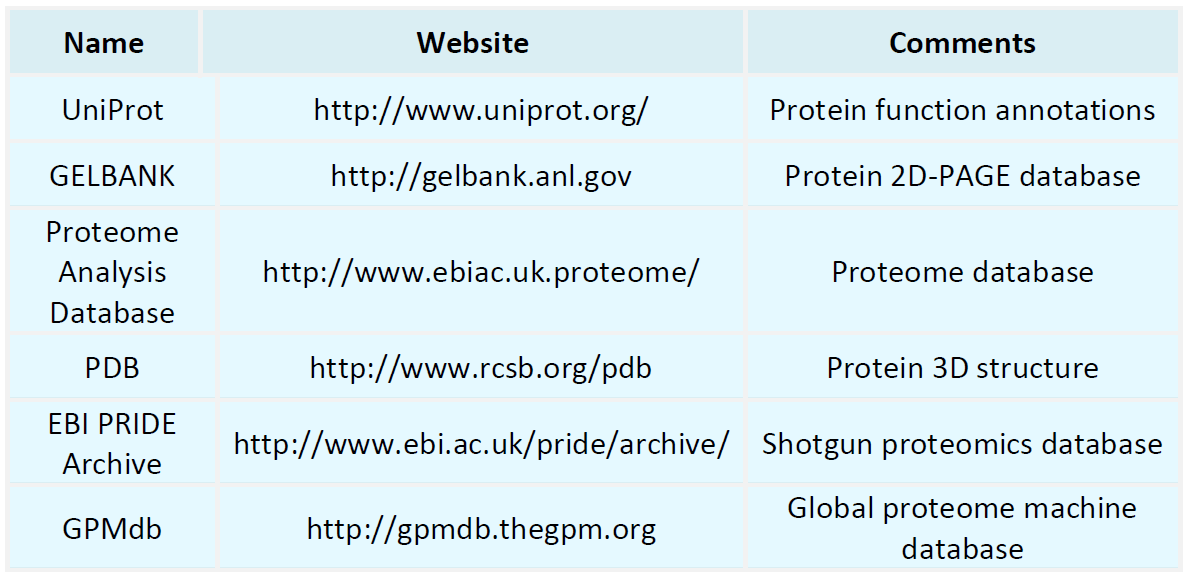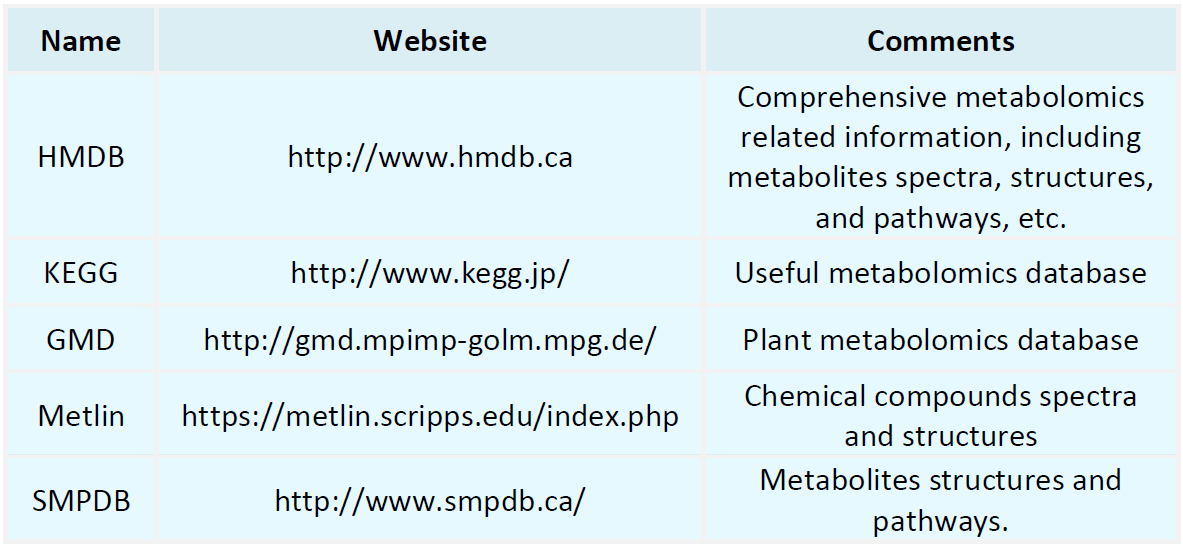Resources
Proteomics Databases

Metabolomics Databases

-
• Deciphering Molecular Interactions by Proximity Labeling
Deciphering molecular interactions by proximity labeling is an emerging technological approach aimed at investigating interactions between biomolecules. Molecular interactions within living organisms are critical for maintaining biological functions, and understanding their mechanisms is essential for revealing the nature of numerous biological processes, thereby advancing disease diagnosis and treatment. Proximity labeling enables researchers to identify and study molecular interaction partners in co......
-
• Spatial Transcriptome Sequencing
Spatial transcriptome sequencing is an advanced high-throughput sequencing technology that integrates spatial positional information with gene expression data to precisely map the distribution of mRNA within tissue sections. This technique overcomes the limitations of traditional single-cell transcriptome sequencing, which fails to retain spatial context, thereby enabling researchers to not only uncover heterogeneity in gene expression across cells but also to localize these differences within the tis......
-
Single B cell screening is an advanced and rapidly evolving technology that has gained significant traction in recent years for antibody drug development and immunological research. This technique enables the isolation and analysis of individual B cells at the single-cell level, allowing for the identification of candidate cells that produce antibodies with high affinity and specificity. The core principle of single B cell screening involves using flow cytometry or microfluidic platforms to isolate an......
-
• 10x Genomics Single Cell RNA-Seq
10x Genomics single cell RNA-seq is a high-throughput single-cell transcriptome sequencing platform developed by 10x Genomics, based on droplet microfluidics technology. This technique enables the in situ labeling and sequencing of RNA molecules from tens of thousands of individual cells in a single experiment, thereby reconstructing the cellular composition, subpopulation distribution, and gene expression profiles of complex tissues at single-cell resolution. This groundbreaking approach has fundamen......
-
• High Throughput Screening of Drugs
High throughput screening of drugs is a methodology that leverages automated technologies and large-scale assay systems to rapidly evaluate the interactions between thousands of compounds and biological targets within a short time. It represents a critical step in modern drug discovery pipelines. Through high throughput screening, researchers can efficiently identify candidate molecules with biological activity against specific targets from vast compound libraries. This technology significantly improv......
-
• Proteomics of Spatially Identified Tissues in Whole Organs
Proteomics of spatially identified tissues in whole organs is an emerging paradigm in high-resolution, high-throughput proteomics that integrates conventional protein analysis techniques with spatial information acquisition. Its goal is to reveal the spatial distribution patterns, expression states, and functional heterogeneity of proteins at the scale of intact organs. While traditional proteomics can identify thousands of proteins within a sample, it typically relies on homogenized tissue extracts a......
-
• High Content Screening Assay
High content screening assay is an advanced drug discovery strategy that integrates cellular imaging technologies with automated data analysis. Unlike traditional screening methods that rely on single endpoints—such as cell viability or enzyme activity—this approach captures large volumes of data at the cellular level, including morphological features, multiparametric fluorescence signals, and subcellular structures. This enables multidimensional characterization of compound effects, providing more co......
-
Cancer proteomics is a systematic scientific discipline that focuses on investigating the composition, expression levels, post-translational modifications, and functional networks of proteins associated with cancer. As a specialized branch of proteomics applied in oncology, cancer proteomics utilizes high-throughput mass spectrometry and bioinformatics approaches to comprehensively analyze the dynamic changes in protein profiles across various samples, including tumor tissues, blood, and cell lines. I......
-
Single B cell sequencing is a specialized technology used to analyze the genomic information of individual B cells. B cells are a crucial component of the immune system, responsible for producing antibodies and protecting the body against infection by recognizing and neutralizing foreign pathogens. This technology enables researchers to deeply explore the gene expression profiles and somatic mutations of individual B cells, thereby revealing their specific roles in immune responses. Single B cell se......
-
The LTQ mass spectrometer is a high-sensitivity, high-resolution analytical instrument widely used in life sciences, drug development, environmental monitoring, and other research and applied fields. In proteomics, metabolomics, and pharmacokinetic studies involving complex biological samples, the LTQ mass spectrometer has become an indispensable tool for molecular-level investigations due to its excellent capabilities in multistage tandem mass spectrometry (MSⁿ), fast scan speed, and efficient ion tr......
How to order?







